Home>Articles>Why Does My Water Dispenser Works But Not Ice Maker?
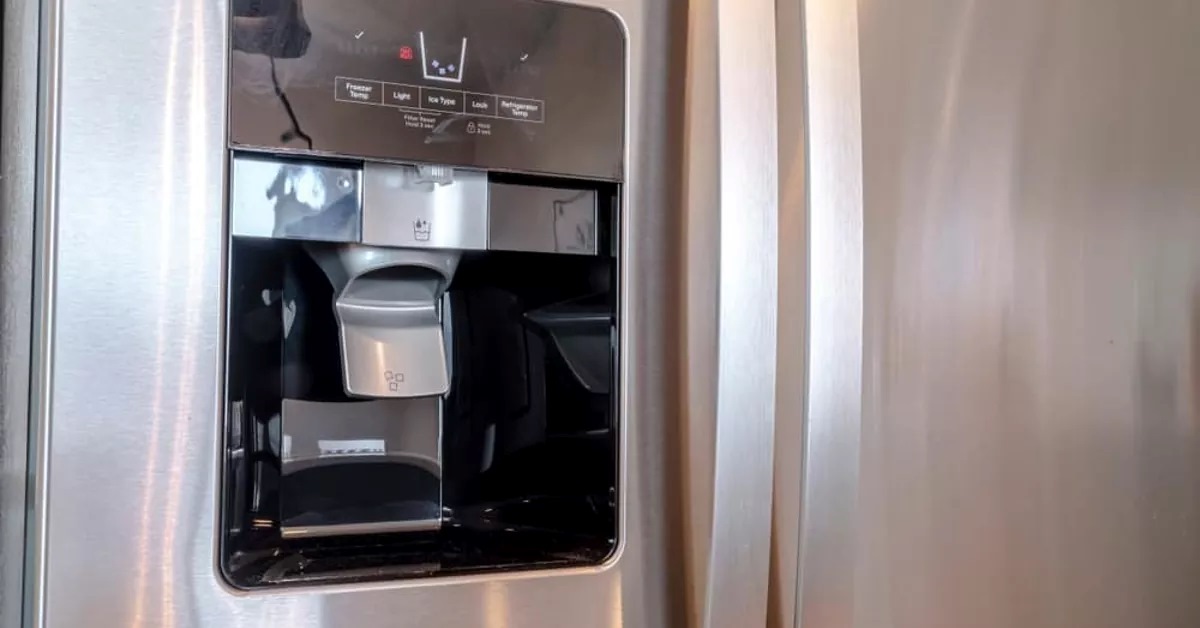

Articles
Why Does My Water Dispenser Works But Not Ice Maker?
Modified: December 7, 2023
Find out why your water dispenser is working but the ice maker isn't. Read our informative articles for troubleshooting tips and solutions.
(Many of the links in this article redirect to a specific reviewed product. Your purchase of these products through affiliate links helps to generate commission for Storables.com, at no extra cost. Learn more)
Introduction
Water dispensers and ice makers are convenient appliances that provide us with refreshing drinks and ice cubes at the touch of a button. However, it can be frustrating when the water dispenser works perfectly fine, but the ice maker fails to produce any ice. If you find yourself in this situation, you’re not alone. Many homeowners have encountered this issue and wonder why their water dispenser is working but not the ice maker.
In this article, we will explore the common issues that can cause the water dispenser to function properly while the ice maker remains inactive. We will also provide possible causes for this problem and guide you through troubleshooting steps to help you resolve the issue.
Before we dive into the potential causes, it’s essential to understand how water dispensers and ice makers work together. Both appliances usually share the same water supply and rely on a series of mechanical and electrical components to function. Understanding this basic principle will help us identify the reasons behind the malfunctioning ice maker.
Now, let’s explore some common issues that can lead to a working water dispenser but a non-functional ice maker.
Key Takeaways:
- Common issues such as water supply problems, faulty components, control board malfunctions, and clogged water lines can cause a working water dispenser but a non-functional ice maker. Troubleshooting these issues can help restore ice production.
- Troubleshooting steps include checking the water supply, inspecting and cleaning ice maker components, clearing water lines, resetting the control board, and seeking professional assistance if needed. Following these steps can help resolve the issue and restore the ice maker’s functionality.
Read more: Why Does My Frigidaire Ice Maker Not Work
Common Issues with Water Dispensers and Ice Makers
Water dispensers and ice makers, like any other appliances, can encounter various issues that hinder their performance. Understanding these common problems can help you pinpoint the cause of the water dispenser working but the ice maker not producing ice. Here are some of the most frequent issues:
- Water supply problem: If there is a problem with the water supply, it can affect both the water dispenser and the ice maker. Insufficient water pressure, a clogged water filter, or a closed water valve can restrict the flow of water and prevent the ice maker from functioning properly.
- Faulty ice maker components: Over time, the components of the ice maker, such as the motor, pump, or water inlet valve, can wear out or become faulty. When these components fail, the ice maker may not receive the necessary signals or resources to produce ice.
- Malfunctioning control board: The control board acts as the brain of the ice maker, regulating its functions. If the control board malfunctions or gets damaged, it can disrupt the ice-making process and prevent the ice maker from producing ice.
- Clogged or frozen water lines: Water lines that are clogged with debris or frozen due to low temperatures can obstruct the flow of water to the ice maker. This can lead to a working water dispenser but no ice production.
These are just a few examples of the common issues that can affect the performance of water dispensers and ice makers. Now, let’s delve into the potential causes for a water dispenser working but an ice maker not producing ice.
Possible Causes for the Water Dispenser Working but not the Ice Maker
When you encounter a situation where the water dispenser is functioning correctly, but the ice maker fails to produce any ice, there can be several underlying causes. Let’s take a closer look at each possible cause:
- Water supply problem: As mentioned earlier, a problem with the water supply can affect both the water dispenser and the ice maker. Check if the water valve is fully open and the water pressure is adequate. Additionally, inspect the water filter for clogs and replace it if necessary.
- Faulty ice maker components: Over time, the mechanical components of the ice maker, such as the motor or water inlet valve, may malfunction or wear out. If any of these components fail, the ice maker won’t receive the necessary signals or resources to produce ice. Check if any of these components are faulty and replace them if needed.
- Malfunctioning control board: The control board is responsible for regulating and coordinating the functions of the ice maker. If it malfunctions or gets damaged, it can disrupt the entire ice-making process. Inspect the control board for any signs of damage or malfunction, and if necessary, consider replacing it.
- Clogged or frozen water lines: If the water lines leading to the ice maker are clogged with debris or frozen due to low temperatures, it can impede the water flow and prevent ice production. Thoroughly inspect the water lines and clear any clogs or ice buildup that you come across.
These possible causes should give you a starting point to investigate why the water dispenser is working, but the ice maker isn’t producing any ice. Keep in mind that it may require some troubleshooting to pinpoint the exact cause. In the following sections, we will discuss specific troubleshooting steps that you can take to resolve this issue.
Issue: Water Supply Problem
One of the common causes for a water dispenser working but an ice maker not producing ice is a water supply problem. The ice maker requires a consistent and adequate flow of water to produce ice cubes. If there is an issue with the water supply, it can disrupt the ice-making process. Here are a few things to consider when dealing with a potential water supply problem:
- Water Valve: Check if the water valve that supplies water to the refrigerator is fully open. Sometimes, the valve may accidentally get closed or partially closed, restricting the water flow. Make sure that the water valve is fully open to ensure proper water supply to the ice maker.
- Water Pressure: Insufficient water pressure can also hinder the ice-making process. Low water pressure can be caused by various factors, including a clogged water filter, a kinked water line, or a malfunctioning water pressure regulator. Check the water pressure and ensure it meets the recommended levels for your refrigerator model.
- Water Filter: A clogged water filter can restrict the flow of water to the ice maker. Over time, the filter can accumulate debris and become clogged, affecting the ice-making process. If it’s been a while since you last replaced the water filter, consider replacing it with a new one to ensure a clean and unrestricted water supply to the ice maker.
By checking and addressing any water supply issues, you can ensure that the ice maker receives a proper and consistent flow of water, allowing it to function effectively. If the water supply problem persists even after addressing these factors, it may be necessary to contact a professional appliance technician for further assistance.
Issue: Faulty Ice Maker Components
Another potential cause for a water dispenser working but an ice maker not producing ice is faulty ice maker components. The mechanical components of the ice maker can wear out over time or become damaged, preventing ice production. Here are a few components to check when dealing with a potential issue of faulty ice maker components:
- Motor: The motor in the ice maker is responsible for driving the ice-making process. If the motor is malfunctioning or not functioning at all, it will hinder the ice maker from producing ice. Check the motor for any signs of damage or wear. If the motor is faulty, it may need to be replaced to restore ice production.
- Water Inlet Valve: The water inlet valve controls the flow of water into the ice maker. If the valve is faulty or clogged, it can prevent water from entering the ice maker, resulting in no ice production. Inspect the water inlet valve and ensure that it is functioning properly. If necessary, clean or replace the valve to restore the water flow to the ice maker.
- Other Components: Apart from the motor and water inlet valve, there are other components in the ice maker that can contribute to its malfunction. These include the ice mold thermostat, ejector motor, and ice mold heater, among others. Check these components for any signs of damage or malfunction. If any of them are faulty, they may need to be repaired or replaced to restore the ice-making process.
By inspecting and addressing any issues with the ice maker components, you can potentially resolve the problem of the ice maker not producing ice while the water dispenser is still functional. However, if you are not confident in your ability to troubleshoot and repair these components, it is advisable to seek the assistance of a professional appliance technician to avoid any further damage.
Check the water supply line for any kinks or blockages that may be affecting the flow of water to the ice maker. Also, make sure the ice maker is turned on and the temperature is set correctly. If the issue persists, consider contacting a professional for further assistance.
Read more: Why Will My Ice Maker Not Work
Issue: Malfunctioning Control Board
A malfunctioning control board can be another reason why the water dispenser works but the ice maker fails to produce ice. The control board is responsible for coordinating and regulating the functions of the ice maker. If it becomes damaged or malfunctions, it can disrupt the entire ice-making process. Here are a few signs and troubleshooting steps to address a potential malfunctioning control board:
- Signs of a Malfunctioning Control Board: If the control board is faulty, you might notice erratic behavior from the ice maker, such as random shut-offs or inconsistent ice production. Additionally, you may spot visible damage or burn marks on the control board.
- Troubleshooting Steps: Start by disconnecting the refrigerator from the power source to ensure safety. Inspect the control board for any visible damage or burn marks. If you notice any, it’s a clear indication of a malfunctioning control board. In such cases, it is best to replace the control board with a new one that is compatible with your refrigerator model.
- Professional Assistance: If you are unsure or uncomfortable with troubleshooting or replacing the control board yourself, it’s recommended to seek the help of a professional. An appliance technician will have the necessary expertise and tools to diagnose and replace the control board safely, minimizing the risk of further damage.
By addressing a malfunctioning control board, you can restore the proper functioning of the ice maker and ensure consistent ice production. However, as control boards are critical components of the refrigerator, it is crucial to handle them with care and seek professional assistance if necessary.
Issue: Clogged or Frozen Water Lines
Clogged or frozen water lines can also be a common cause for a water dispenser working but an ice maker not producing ice. When the water lines leading to the ice maker get clogged with debris or freeze due to low temperatures, it obstructs the water flow and prevents ice production. Here are a few steps to address clogged or frozen water lines:
- Inspect the Water Lines: Carefully examine the water lines leading to the ice maker. Look for any signs of clogs, such as mineral deposits or debris. If you notice any, it’s likely causing the obstruction. Clear the clog using a pipe cleaner or a small brush.
- Thaw Frozen Water Lines: If the water lines are frozen, the first step is to thaw them. Disconnect the refrigerator from the power source to ensure safety. Gently warm the water lines using a hairdryer on a low-heat setting or by placing warm towels around the lines. Be cautious not to use excessive heat as it could damage the lines.
- Prevent Future Clogs: To prevent future clogs, consider installing a water filter in the supply line. Water filters can help trap debris and sediment before they reach the ice maker, keeping the water lines clean and preventing clogs.
By addressing clogged or frozen water lines, you can restore the proper water flow to the ice maker, allowing it to produce ice as intended. However, if the issue persists or you are unable to identify or resolve the problem, it is advisable to seek the assistance of a professional appliance technician who can help diagnose and repair the issue effectively.
Troubleshooting Steps for a Water Dispenser and Ice Maker
If you’re experiencing a situation where the water dispenser is working, but the ice maker isn’t producing ice, there are several troubleshooting steps you can take to identify and potentially resolve the issue. Here are some steps to follow:
- Check the Water Supply: Ensure that the water valve supplying water to the refrigerator is fully open. Also, verify that the water pressure is adequate. Insufficient water pressure can affect the ice maker’s performance. Additionally, inspect the water filter for any clogs and replace it if necessary.
- Inspect the Ice Maker Components: Examine the various components of the ice maker, such as the motor, water inlet valve, ice mold thermostat, and ejector motor. Look for any signs of damage, wear, or malfunction. If any components are faulty, consider replacing them to restore proper ice production.
- Clean the Ice Maker: Over time, mineral deposits, debris, and mold can accumulate in the ice maker, hindering its performance. Clean the ice maker thoroughly using a mild cleaner and warm water. Be sure to follow the manufacturer’s instructions for cleaning to avoid damaging any delicate components.
- Inspect and Clear the Water Lines: Check the water lines leading to the ice maker for any clogs or signs of freezing. Clear any clogs using a pipe cleaner or brush, and thaw any frozen sections using gentle heat. Take precautions not to use excessive heat or force, as it can damage the lines.
- Reset the Control Board: Sometimes, resetting the control board can help resolve minor issues. Refer to the refrigerator’s manual or manufacturer’s instructions on how to reset the control board. This process may vary depending on the specific model and brand of your refrigerator.
- Contact a Professional Technician: If you have gone through the troubleshooting steps and the issue persists, or if you’re uncertain about performing further diagnosis or repairs yourself, it’s recommended to contact a professional appliance technician. They will have the expertise and specialized equipment to diagnose and fix the problem accurately.
Remember, troubleshooting steps may vary depending on your specific refrigerator model and brand. Always refer to the appliance’s manual or seek professional guidance if you’re unsure about performing any troubleshooting steps.
By following these troubleshooting steps, you can identify and potentially resolve the issue of a water dispenser working but an ice maker not producing ice. However, if the problem persists or you are unable to resolve it on your own, it’s best to consult a professional technician for further assistance.
Conclusion
Having a water dispenser that works but an ice maker that fails to produce ice can be a frustrating situation. However, it’s important to remember that there are common issues that can cause this problem, and with some troubleshooting, you can often resolve the issue yourself.
In this article, we have explored common issues that can lead to a water dispenser working while the ice maker remains inactive. These issues include water supply problems, faulty ice maker components, malfunctioning control boards, and clogged or frozen water lines.
To address these problems, we have provided possible causes and troubleshooting steps you can take. Checking the water supply, inspecting and replacing faulty components, cleaning the ice maker, clearing clogged or frozen water lines, and resetting the control board are some of the steps you can follow.
If you are uncertain or uncomfortable with performing these troubleshooting steps, always seek the assistance of a professional appliance technician. They have the expertise and tools to diagnose and repair the issue accurately, ensuring the proper functioning of your ice maker.
Remember to consult your refrigerator’s manual or manufacturer’s guidelines for specific instructions on troubleshooting and maintenance. Following these guidelines will help you maintain your appliances’ longevity and minimize the risk of further damage.
In conclusion, a water dispenser working but an ice maker not producing ice does not need to be a cause for panic. By understanding the common issues, investigating the potential causes, and following the appropriate troubleshooting steps, you can often resolve the problem and enjoy the convenience of both a fully functional water dispenser and ice maker once more.
Frequently Asked Questions about Why Does My Water Dispenser Works But Not Ice Maker?
Was this page helpful?
At Storables.com, we guarantee accurate and reliable information. Our content, validated by Expert Board Contributors, is crafted following stringent Editorial Policies. We're committed to providing you with well-researched, expert-backed insights for all your informational needs.
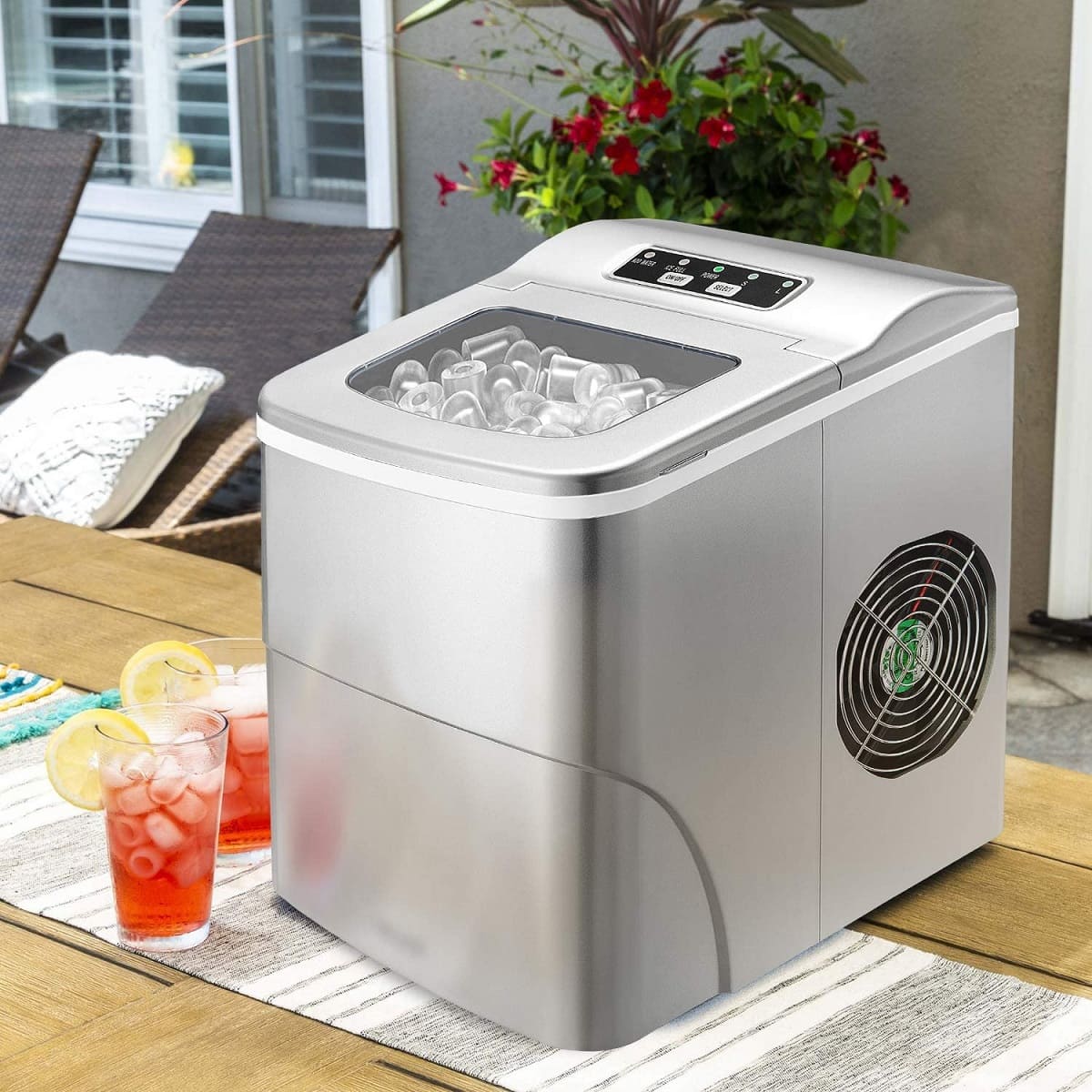
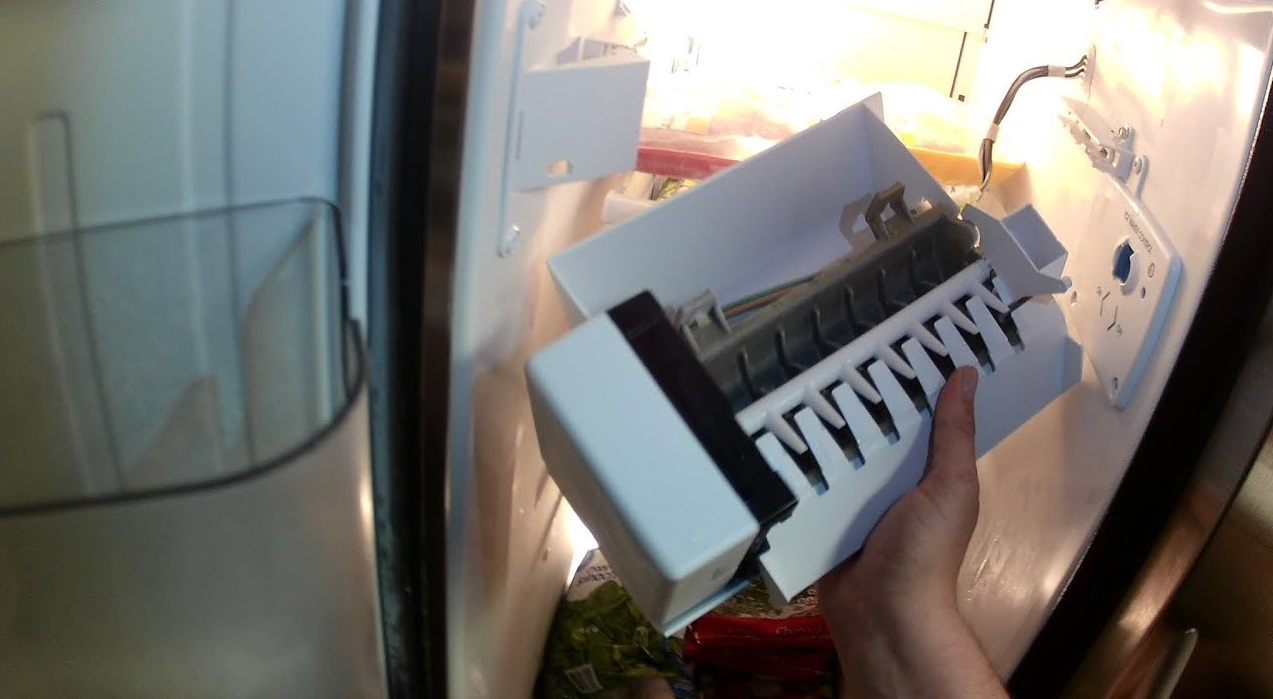
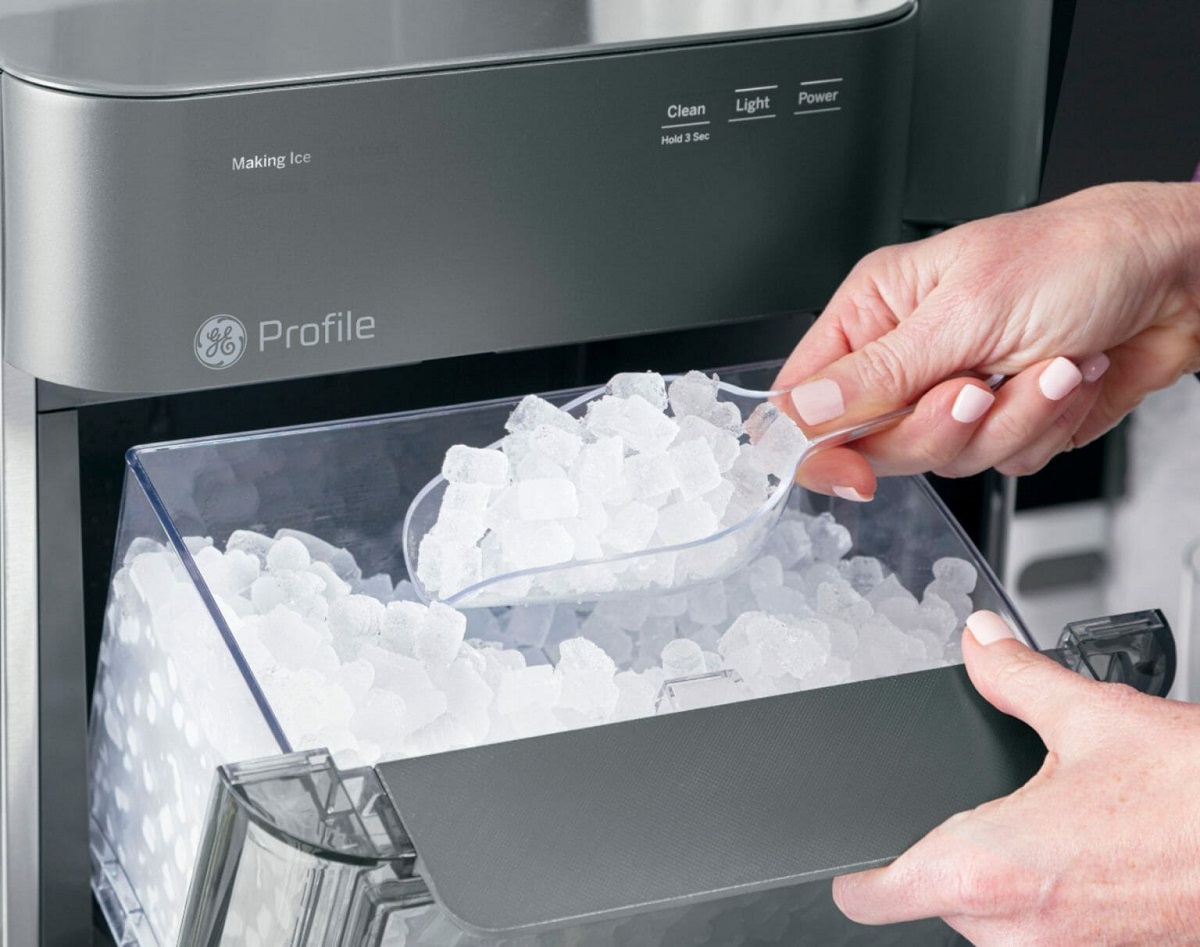
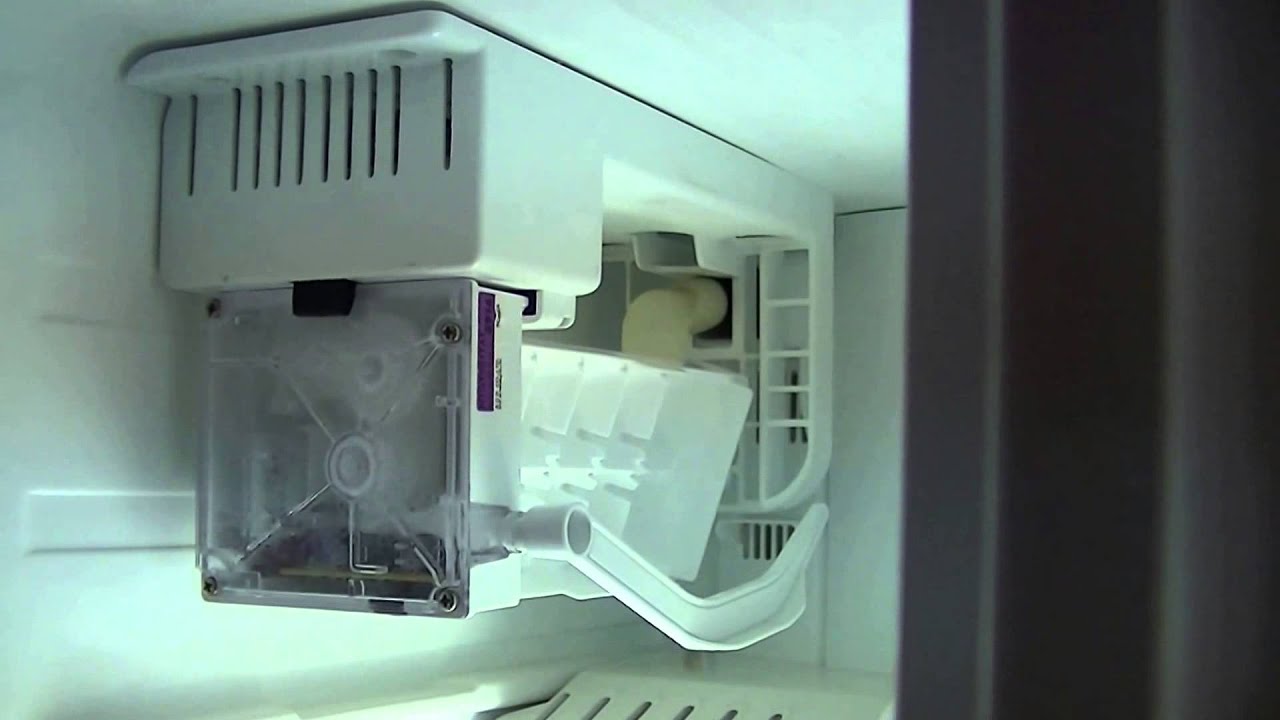
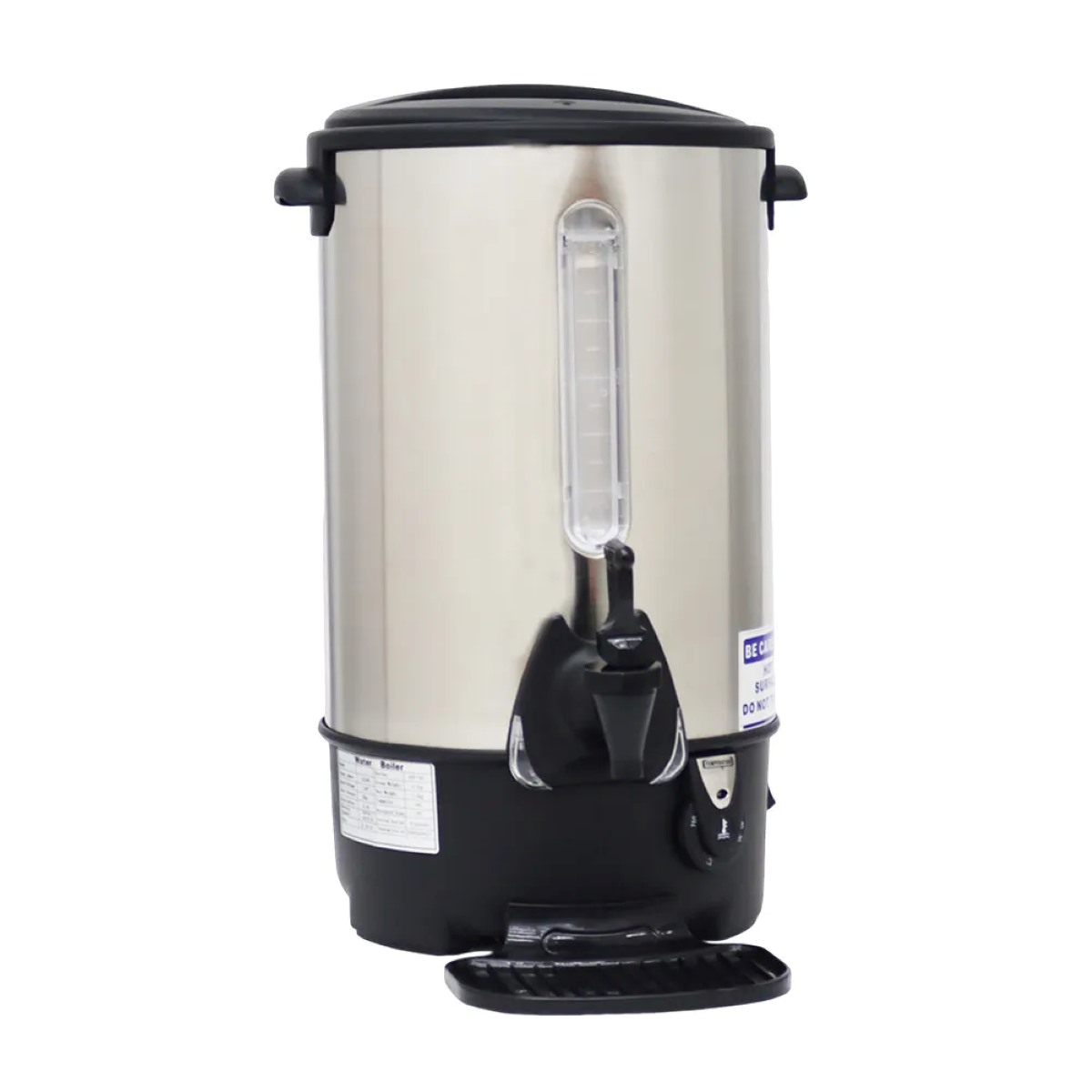
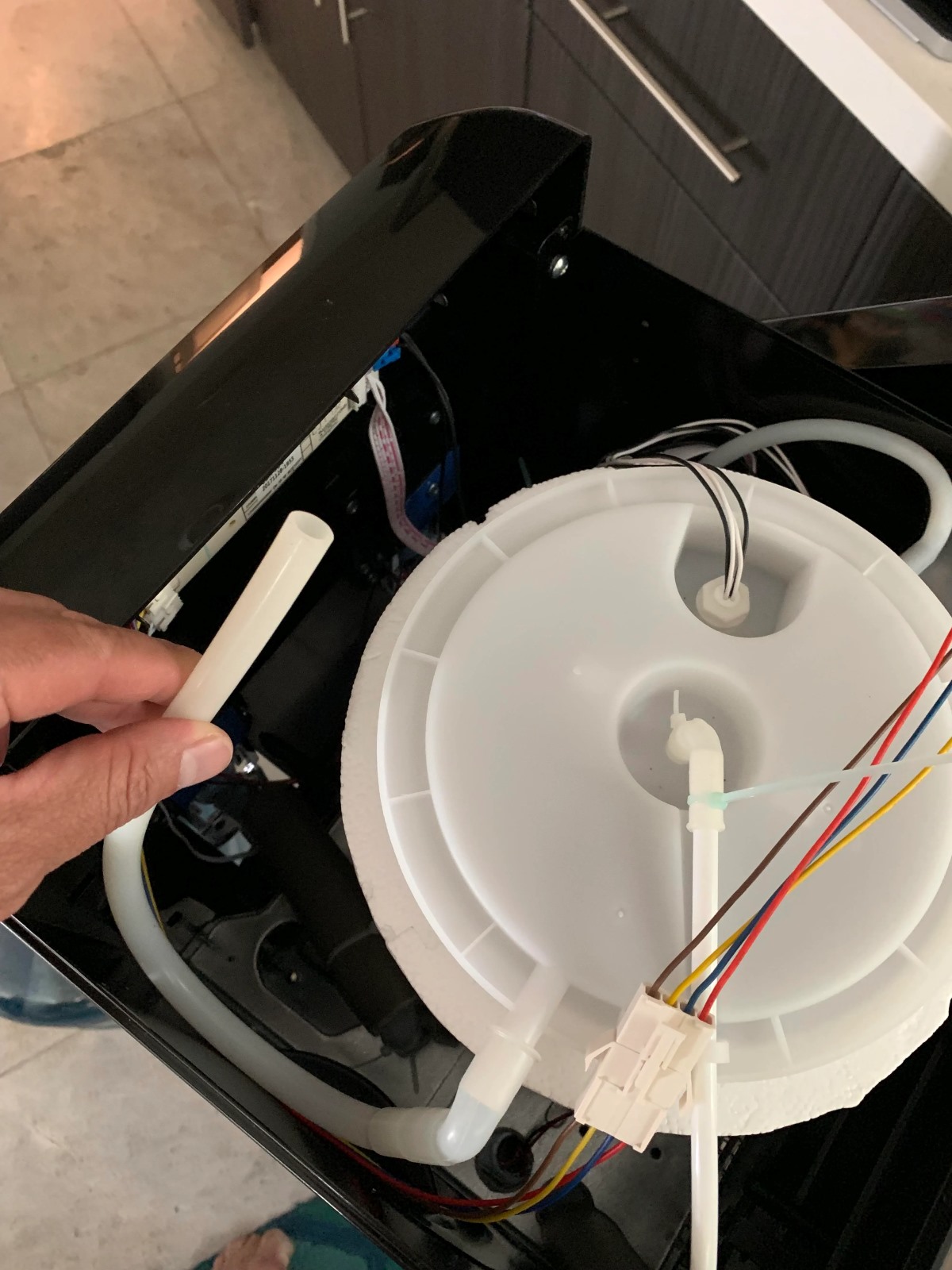
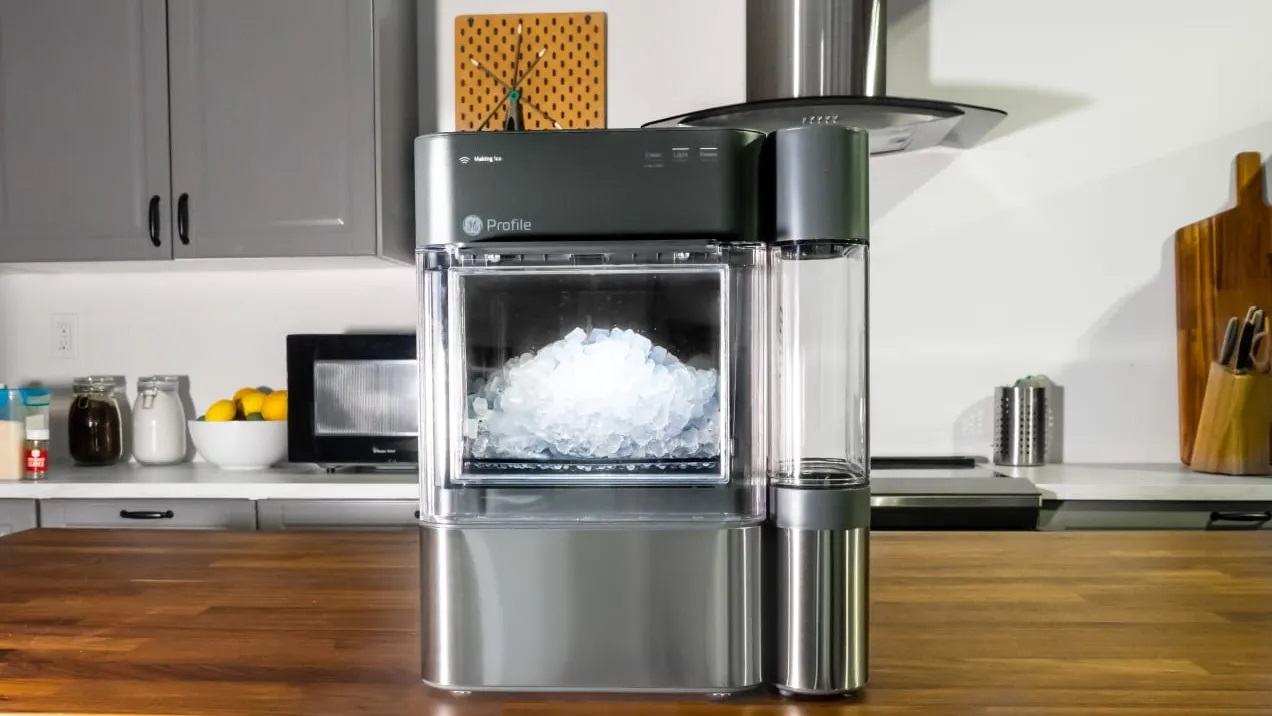
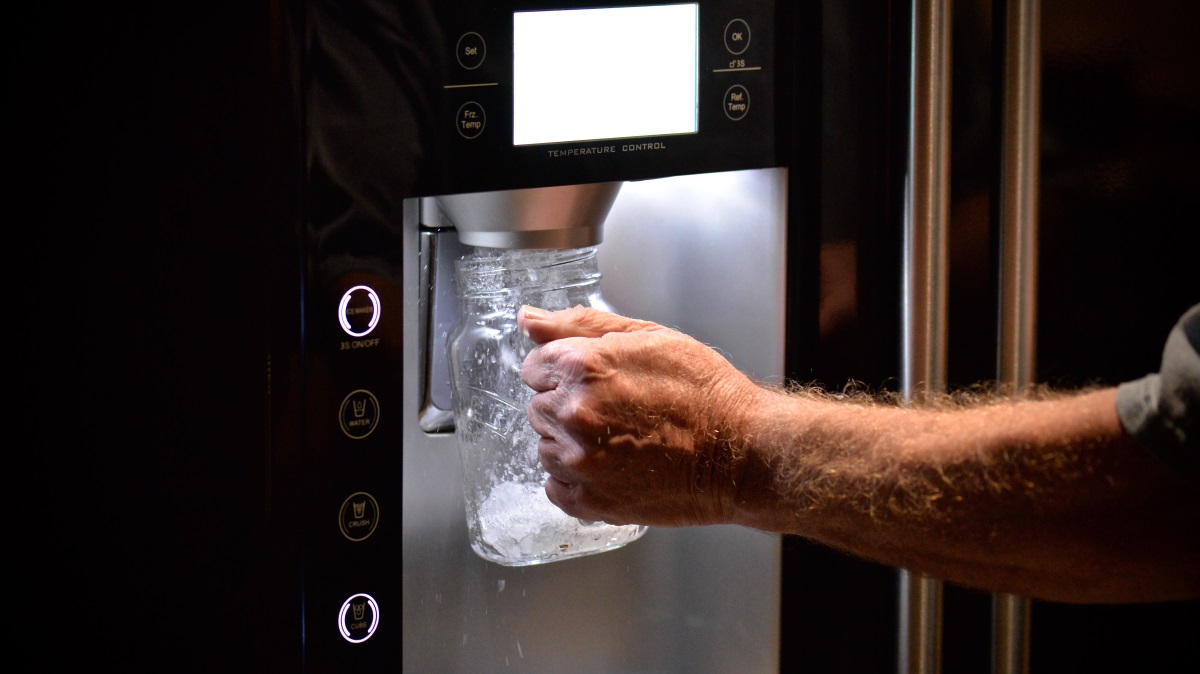
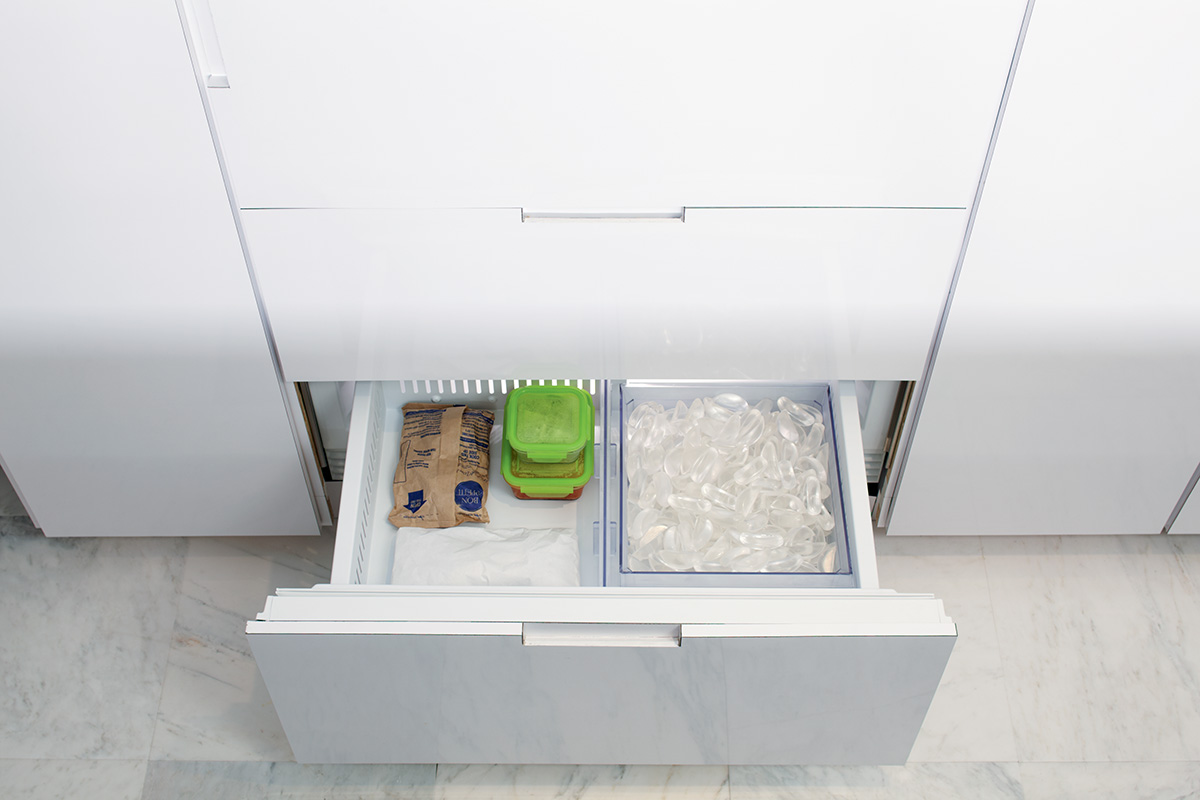
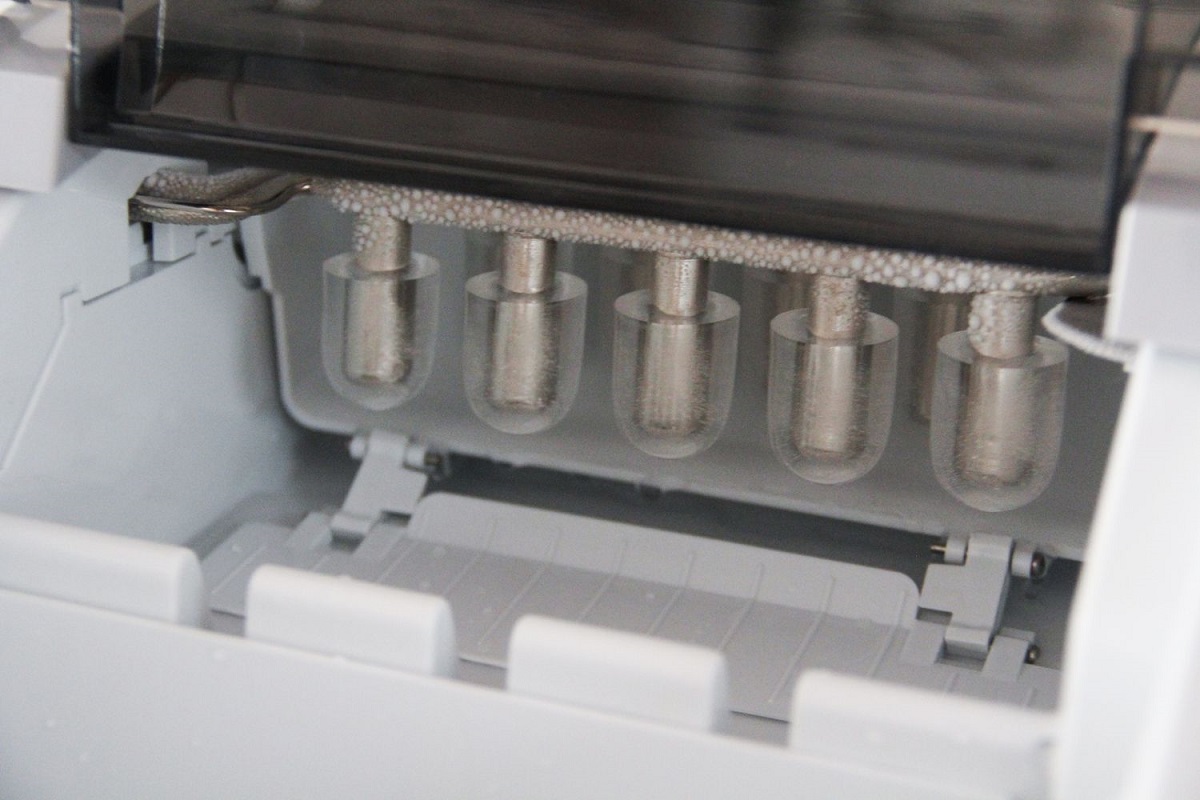
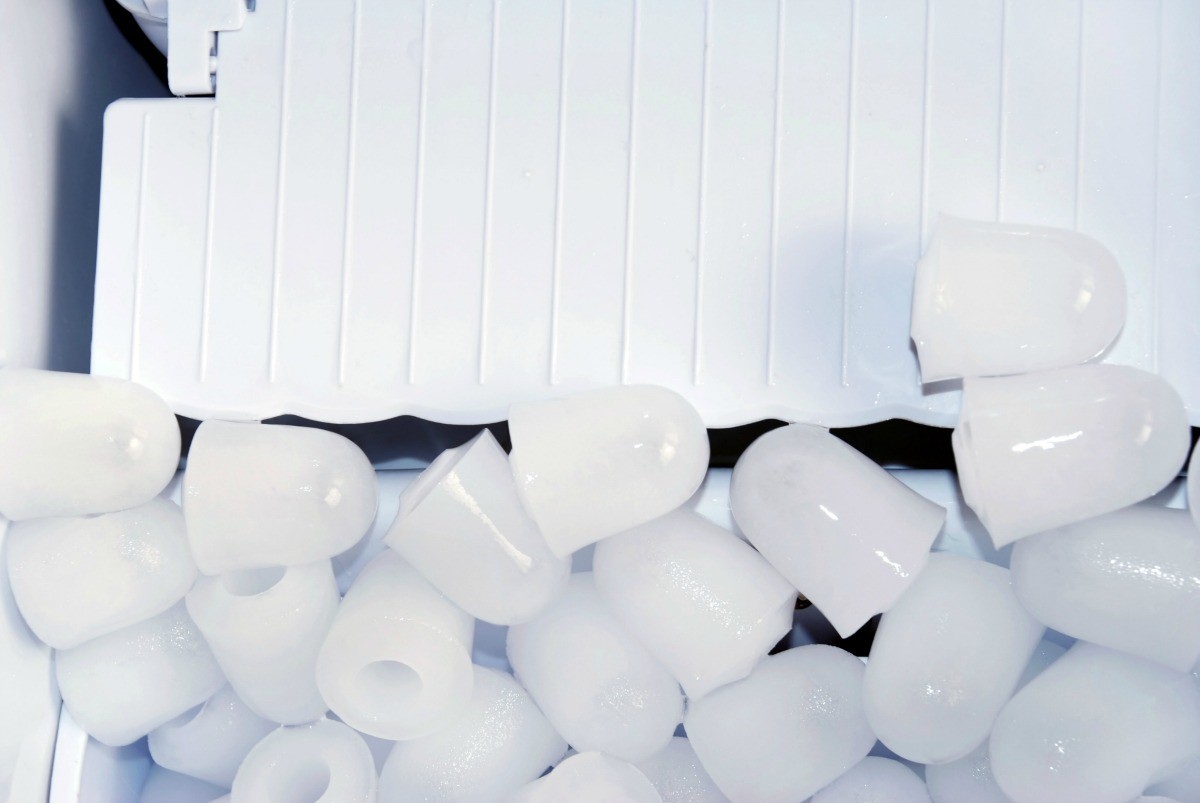
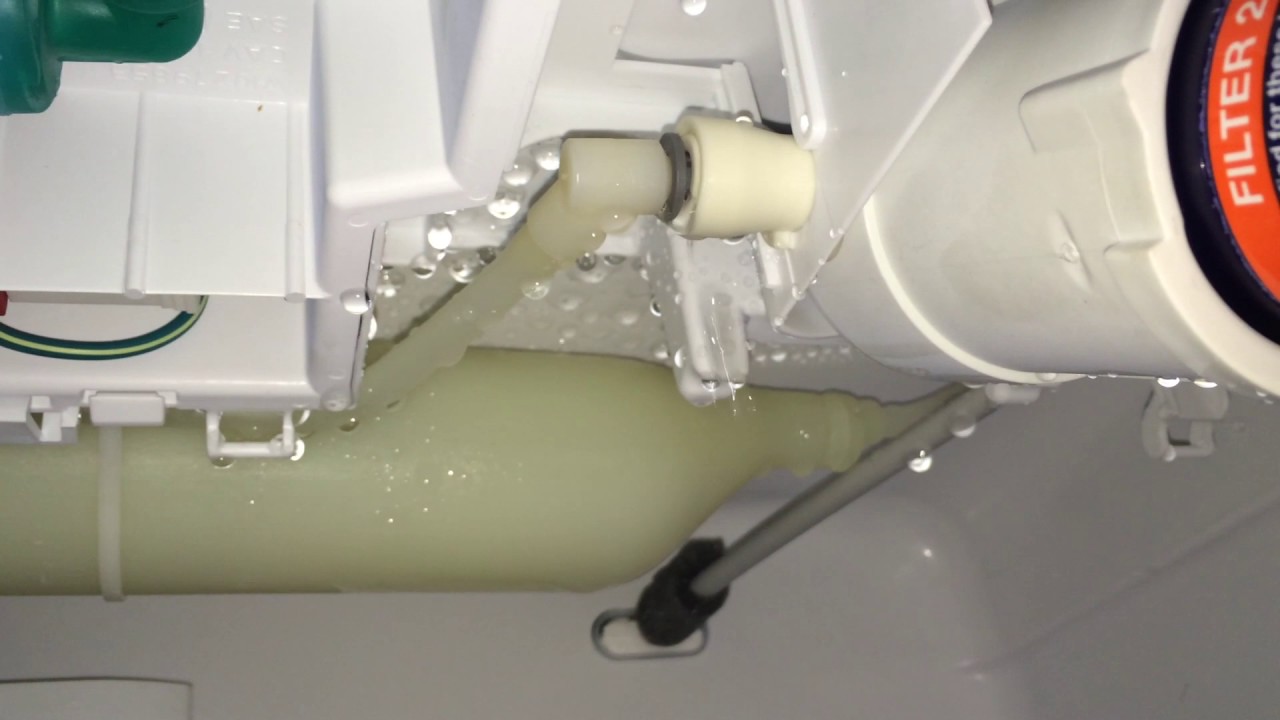
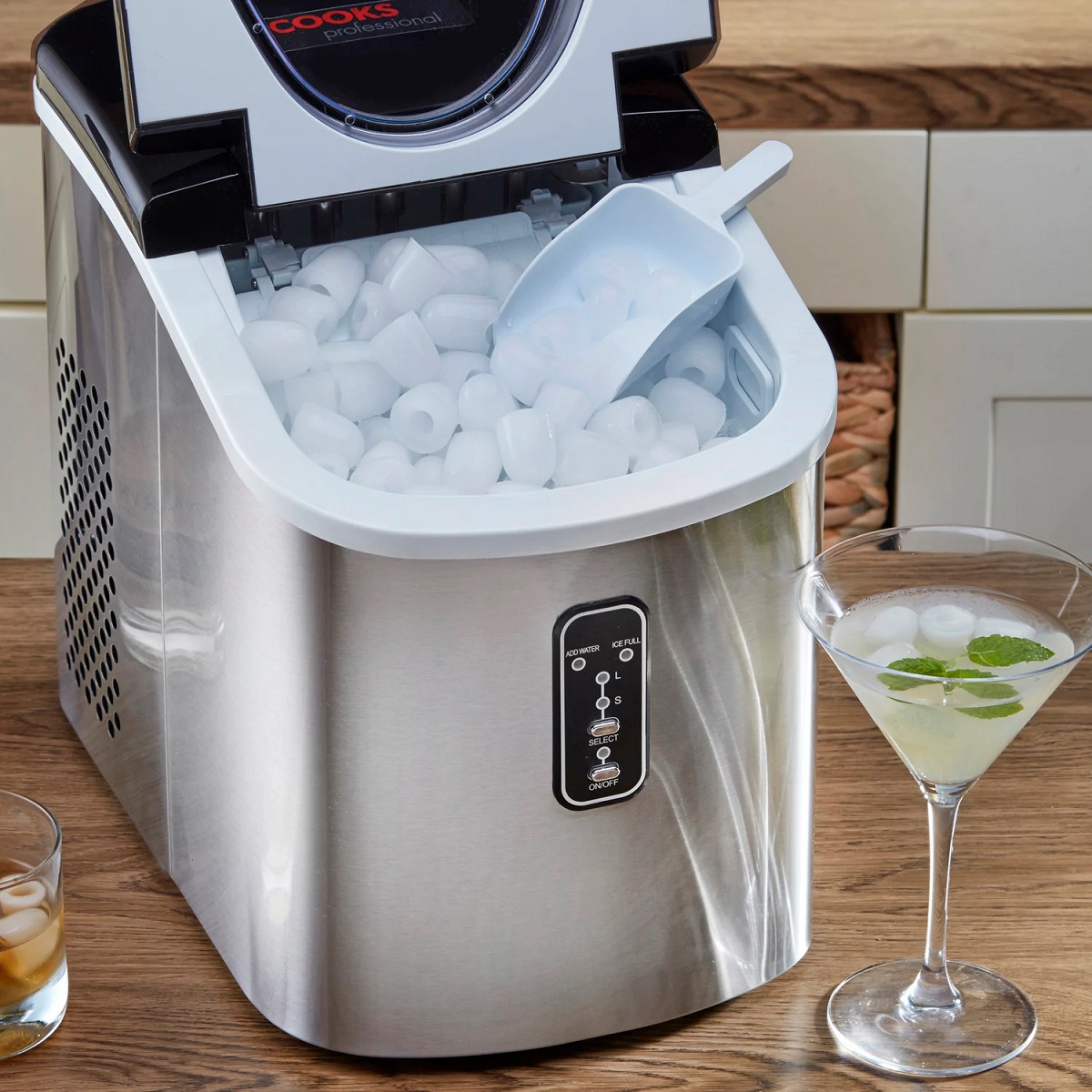
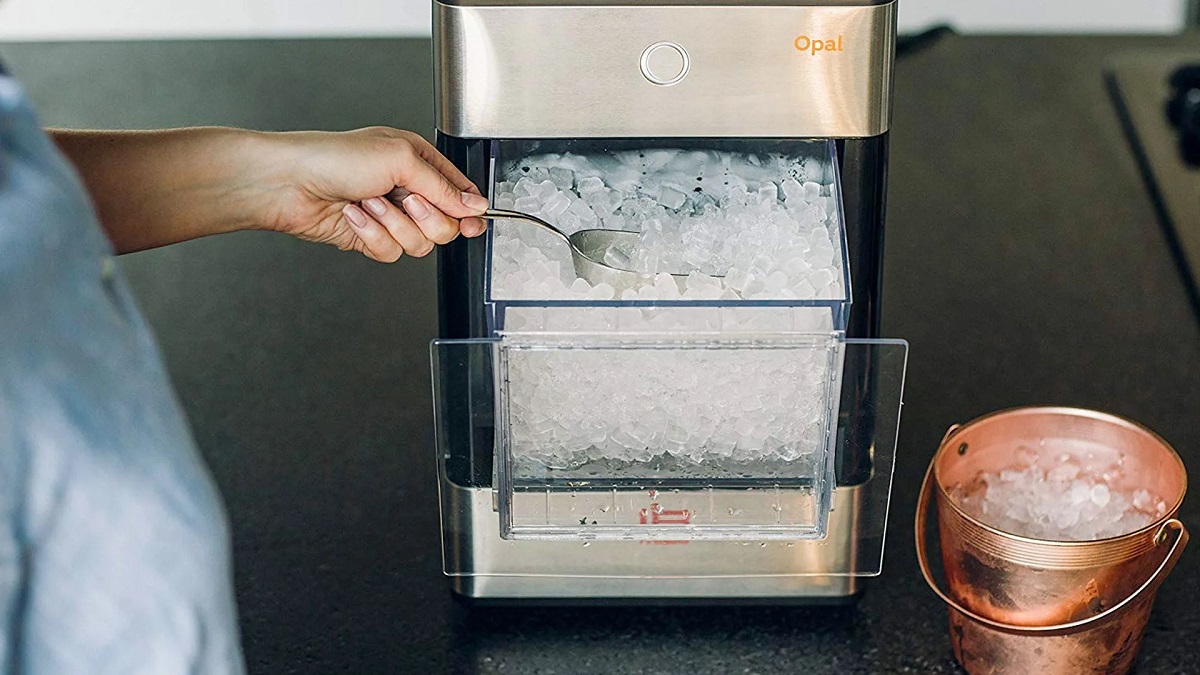

0 thoughts on “Why Does My Water Dispenser Works But Not Ice Maker?”